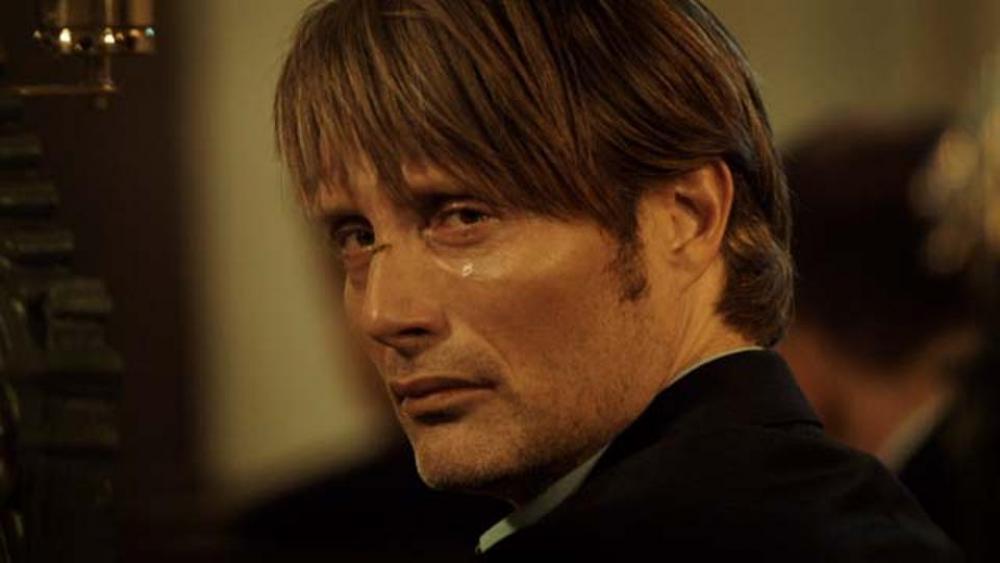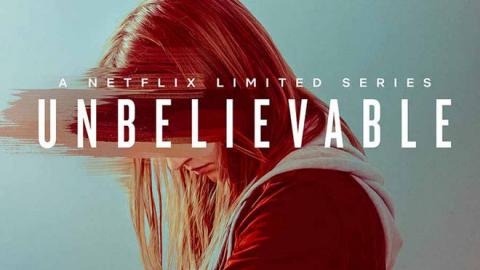5 Dogme-95-Inspired Modern Films to Watch on Netflix
Share with friends

“I swear as a director to refrain from personal taste! I am no longer an artist..."
“I swear as a director to refrain from personal taste! I am no longer an artist. I swear to refrain from creating a ‘work’, as I regard the instant as more important than the whole. My supreme goal is to force the truth out of my characters and settings. I swear to do so by all the means available and at the cost of any good taste and any aesthetic considerations” - The Dogme 95 Vow of Chastity.
Dogme 95 was a film movement started in 1995 to combat the generic shift to films made for the sole purpose of making money. They noticed how filmmaking was becoming more and more expensive (and still is), and wanted to go back to a more simple approach with the focus being on the storyline and characters instead of special effects. In many ways, Dogme 95 was a political movement (it even has its own manifesto), with social messages condemning the rich bourgeoisie for turning moviemaking into an individualistic profession. Consequently, Dogme 95 is not individualistic, and follows a set of rules known as The Vow of Chastity. These rules, one such being that only a hand-held camera is permitted, have helped to create films that though uniform in composition, are unique in the truths that they expose. Truth is the main goal of the movement.
At first films wanting to be credited as Dogme 95 had to be approved by the official board, but since the approval of the 31st film, verification is no longer necessary. It is important to note that not all films that are labeled Dogme 95 follow the Vow of Chastity exactly, as it is extremely difficult, and many films have elements of Dogme 95 in them, but don’t label themselves as such. Though the movement has lost its momentum, it made a huge impact with Danish cinema in particular, and remains an influential style of filmmaking that can be seen on Netflix through the films below.
Note: The Dogme 95 board no longer certifies films, and even when they did, very rarely did their picks actually meet all the criteria. These films have not been certified, but are merely inspired by Dogme 95 and implement many of its restrictions.
1. Kira’s Reason: A Love Story (2001)
Directed by Ole Christian Madsen and starring Lars Mikkelson, this Danish film is Dogme #21 on the original list of films approved by the board. The sparse simplicity of the sets and the general bleak lighting help the audience focus on the most important aspect of the film- the main character. Her mental instability drives the plot, until at last we learn Kira’s reason for her erratic behavior, accomplishing the main goal of the Dogme 95 movement
2. After the Wedding (2006)
This film is also Danish, directed by Susanne Bier who was a leading proponent of Dogme 95. Though not officially labeled as such, the film has many elements of the movement. It is primarily shot with a handheld camera, and the pacing of the story is slow and drawn out, focusing on the characters until the truth is revealed at the end.
3. The Hunt (2012)
The Hunt is once again another Danish film by Thomas Vinterberg, the co-founder of the Dogme 95 movement. Like After the Wedding, it utilizes the shaky camera throughout. Though not labeled as Dogme 95, its storyline mirrors elements of Vinterberg’s first film that was Dogme #1, Festen (The Celebration), and the way the plot unfolds is similar to the guidelines of the movement.
4. Force Majeure (2014)
This Swedish film directed by Ruben Ostlund, another proponent of the Dogme 95 movement, echoes the style through its simplicity of the settings, allowing the story to take the forefront. It explores the relationship of a couple struggling to make sense of an event that occurred in their lives where one acted out of character.
5. Melancholia (2011)
This film by Lars von Trier, the other co-founder of Dogme 95, echoes the movement despite being filled with special effects. Unlike some films where the technology and effects guide the storyline, here the characters guide it. The whole focus is on their lives and feelings, and this coupled with the shaky camera and somewhat rough editing portray some key elements of the Dogme 95 movement.




